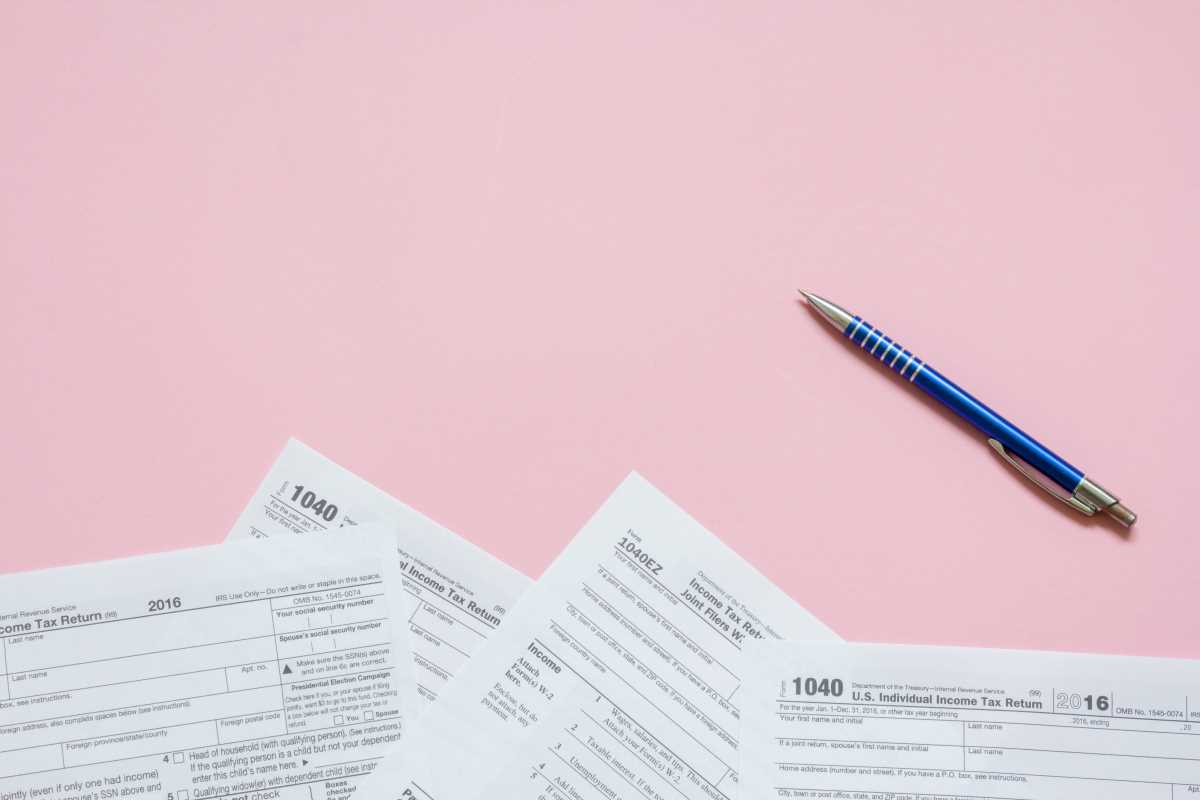Tax season always brings changes. For 2026, those changes are significant. The annual inflation adjustments to the tax brackets are here, and they will directly affect your paycheck and your overall financial plan. Understanding these updates is key to keeping more of your hard-earned money.
These adjustments are not just numbers on a page. They impact how much you owe the IRS and how much you can save for the future. For those of us balancing careers, family, and retirement planning, every dollar counts. This guide breaks down what the 2026 tax bracket updates mean for you and offers practical steps to adapt.
What's Changing with Tax Brackets in 2026
The IRS adjusts tax brackets for inflation each year. This is to prevent "bracket creep," where rising wages push you into a higher tax bracket even if your buying power has not actually increased. For 2026, the income thresholds for each tax bracket have been widened.
This means you can earn more money before you are bumped into the next higher tax rate. It is a subtle but important change that provides some relief to taxpayers across all income levels.
Here is a simplified look at how the brackets have shifted for those filing as "Married Filing Jointly":
- 10% Bracket: Applies to more income than it did in 2025.
- 12% Bracket: The income range has expanded.
- 22% Bracket and higher: All subsequent brackets have also seen their income thresholds increase.
The standard deduction has also increased for 2026. This is the amount you can subtract from your income if you choose not to itemize deductions. A higher standard deduction means less of your income is subject to tax.
How the Updates Affect Different Incomes
These changes will impact households differently depending on their income level.
- For Middle-Income Earners: The wider brackets are good news. You will likely see a modest decrease in your overall tax bill, as more of your income is taxed at lower rates. This could translate to slightly more take-home pay each month.
- For High-Income Earners: While you will also benefit from the wider brackets, the impact might be less pronounced as a percentage of your total income. However, other updated limits, like those for retirement contributions, offer significant opportunities for tax savings.
The key takeaway is that most people will see some tax relief. It may not be a windfall, but it provides a valuable opportunity to reassess your financial strategy.
Actionable Steps to Take Now
With these changes on the horizon, now is the perfect time to optimize your tax strategy. Do not wait until April to think about taxes. A few smart moves today can lead to big savings later.
1. Maximize Your Retirement Contributions
One of the most powerful ways to reduce your taxable income is by contributing to tax-deferred retirement accounts. For 2026, the contribution limits for 401(k)s and similar workplace plans have increased.
- Boost Your 401(k): If you are not already contributing the maximum amount, consider increasing your contributions. This lowers your taxable income for the year.
- Leverage Catch-Up Contributions: If you are age 50 or over, you can contribute an additional amount to your 401(k) and IRA. This "catch-up" provision is designed specifically for those of us getting closer to retirement. It is a fantastic tool to accelerate your savings and lower your tax bill at the same time.
Failing to take advantage of these increased limits is like turning down a government-subsidized boost to your retirement fund.
2. Review Your Deductions
With the standard deduction rising again, fewer people will benefit from itemizing their deductions. However, for some, itemizing still makes sense. It is important to run the numbers.
Itemized deductions include:
- State and local taxes (up to $10,000)
- Mortgage interest
- Charitable contributions
- Significant medical expenses
If your total itemized deductions are greater than the new, higher standard deduction, you should itemize. For many homeowners in their peak earning years, mortgage interest and property taxes alone can make itemizing worthwhile.
Consider "bunching" your deductions. This strategy involves timing your deductible expenses. For example, you could make two years' worth of charitable donations in one year to exceed the standard deduction, then take the standard deduction the following year.
3. Take Advantage of Tax Credits
Tax credits are even more valuable than deductions. A deduction reduces your taxable income, but a credit reduces your tax bill dollar-for-dollar. Many tax credits are designed for families and those saving for education.
- Child Tax Credit: While this credit has changed over the years, it remains a valuable benefit for those with qualifying children.
- American Opportunity Tax Credit: If you are paying for a child’s college education, this credit can provide up to $2,500 per eligible student.
- Energy Credits: The government offers credits for making energy-efficient home improvements, like installing new windows or solar panels. These can lower your tax bill and your utility bills.
Review the available credits each year, as they can change. Do not leave this free money on the table.
4. Adjust Your Withholding
The 2026 tax bracket changes may mean you are having too much tax withheld from your paycheck. While a big refund feels nice, it is essentially an interest-free loan you gave to the government. That money could have been working for you all year.
Use the IRS Tax Withholding Estimator tool on their website. It will help you determine the correct amount of withholding for your situation. Adjusting your W-4 form with your employer is a simple process that can put more money in your pocket with each paycheck.
The 2026 tax updates provide a valuable opportunity. They give you a reason to sit down and review your financial plan. By maximizing your retirement savings, strategically using deductions and credits, and adjusting your withholding, you can make these changes work for you. A proactive approach ensures you are not just reacting to tax laws, but using them to build a more secure financial future.







